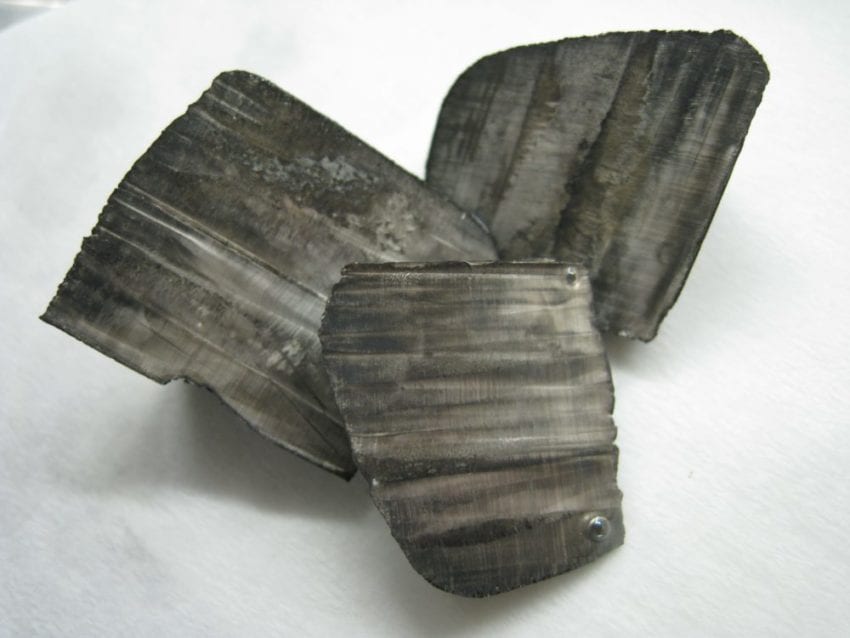As more brands enter into the high-capacity lithium-ion battery market to power heavier equipment, such as zero-turn lawn mowers, there’s a heavier focus on battery chemistry. At Equip Expo 2022, there was a lot of talk about LFP vs NMC lithium-ion batteries following a prototype ignition in the outdoor booth. We’re digging deeper to help you understand why the battery of the equipment might be just as important as the performance and features as you look to heavier battery-powered equipment.
LFP VS NMC Lithium-Ion Batteries: Cathode Chemistry
Before we get into the characteristics, let’s define LFP and NMC. Both are cathode options in the battery pack. If you remember back to chemistry class, a battery is made up of a cathode, anode, and electrolyte for the reactive portion. The cathode is the positive end, the anode is the negative end, and the electrolyte helps facilitate the movement of ions across a separator to produce energy.
LFP batteries contain a Lithium Iron Phosphate cathode. NMC batteries contain a Lithium Nickel Manganese Cobalt oxide.
LFP VS NMC Lithium-Ion Batteries Comparison
| LFP Battery | NMC Battery | |
| Specific Energy | 90 – 120 Wh per kg | 150 – 220 Wh per kg |
| Cycle Life | 2000+ cycles | 1000 – 2000 cycles |
| Thermal Runaway | 518° F (270° C) | 410° F (210° C) |
LFP Battery Benefits
- More domestically available materials
- Lower cost
- Higher ignition point
- Longer life
- Less degradation at higher temps and charge/discharge rates
NMC Battery Benefits
- Higher energy density
- Better charging performance at low temperatures
Source: Engineering.com
As you can see from the chart above, NMC batteries have more watt-hours of capacity than LFP when both have the same amount of mass. In other words, pack the same weight of both options into a cell and the NMC has a significantly higher capacity.
However, LFP batteries have an advantage when it comes to overall life. LFPs expect a lifetime of at least 2000 cycles and some estimates suggest 3000 cycles depending on the application. On the other hand, NMC packs expect 1000 to 2000 cycles. That’s still impressive, though.
Where things get even more interesting is at the point of thermal runaway—when the cell enters an uncontrollable self-heating state that can have dangerous consequences. It’s one of the reasons we don’t recommend using third-party chargers or batteries. LFP batteries hit thermal runaway at 518° F (270° C) while NMC batteries get there more than 100° F lower at 410° F (210° C). The gap between the two makes a big difference when you’re talking about high-capacity batteries where heat management is a significant challenge.
Combined with lower costs, less degradation at aggressive charging rates, and more domestically available materials, LFP is a very attractive option—if manufacturers can overcome the lower energy density.
The Bottom Line
As the need for more high-density packs continues to grow, so will the NMC vs LFP lithium-ion battery debate. Currently, the need for the safest technology and the most energy-dense technology seem to be at odds with one another. Whether science can bridge the energy density gap or another battery chemistry emerges, LFP batteries are currently the way to go for the safest transition to battery-powered equipment.



